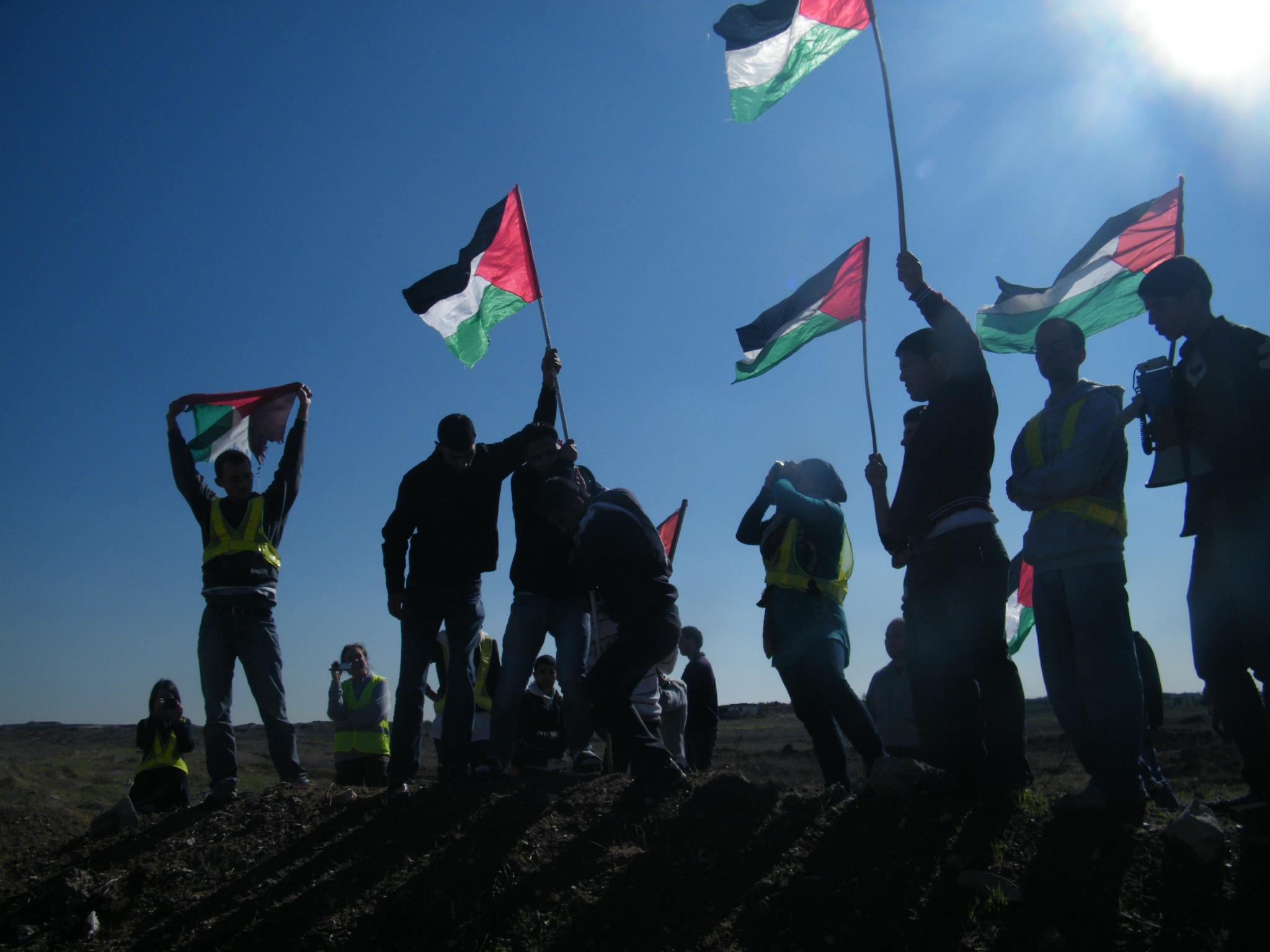Tag: Beit Hanoun
-
Commemorating the anniversary of the First Intifada in the no go zone
by Nathan Stuckey 6 December 2011 | International Solidarity Movement, Gaza Twenty four years ago, on December 9, 2011 a revolution began. The revolution began in Gaza, it was the First Intifada. After twenty years of Israeli occupation Palestinian resistance exploded in full force. Boycotts, demonstrations, tax refusal, all of these were the strategies of…
-
International Day of Solidarity with the Palestinian People in the no go zone
by Nathan Stuckey 30 November 2011 | International Solidarity Movement, Gaza Today, Tuesday, November 29, 2011 is the International Day of Solidarity with the Palestinian People. This day commemorates the racist and colonialist proposal of the United Nations to partition Palestine in 1947. All over the world, people stood in solidarity with the Palestinian struggle…
-
No go zone protest in Beit Hanoun
by Nathan Stuckey 24 November 2011 | International Solidarity Movement, Gaza We gathered in the road in front of the Agricultural College of Beit Hanoun, the same place that we gather every week. There were about forty people, members of the Beit Hanoun Local Initiative, the International Solidarity Movement and citizens of Beit Hanoun. Like…



